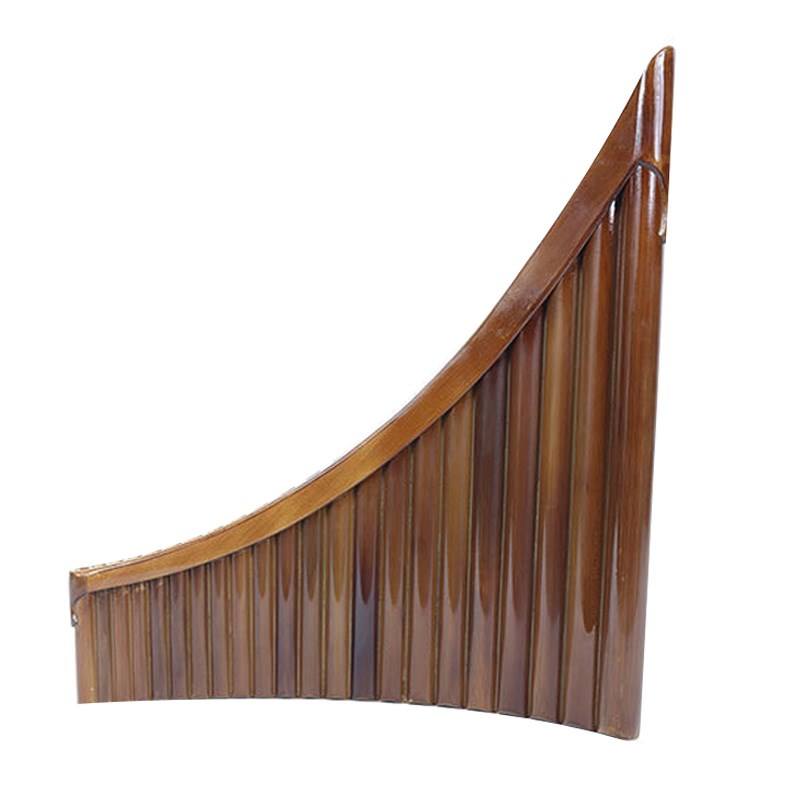The sound principle of the straw pan flute
Panpipes have different names in different periods and regions. In ancient China, the pan flute had many famous names. Yaxiao, Songxiao, Shunxiao, Qinxiao, Fengxiao, Fengyi, Yunxiao. There are also some unfamiliar aliases for the pan flute: staggered, bizhu, short flute, bottom flute, xiao, lai, etc. Pan flutes have their own unique names in all countries of the world.

The pan flute is a traditional musical instrument. The earliest pan flute discovered in the world so far is the bone pan flute in the early Western Zhou Dynasty in China, 3000 years ago. The pan flute is a combination of several sound pipes of the same material by bonding, bundling, or frame fixing them into a whole musical instrument, and the inside of the sound pipe is blocked with beeswax or cork.
When playing, the airflow slides over the mouthpiece and hits the inner tube wall on the opposite side. The airflow vibrates in the inner cavity of the sound tube, producing a musical sound. Due to the different positions of the beeswax and cork, the vibration period of the airflow in the sound tube is different, so The vibration frequency of the air flow is different, thus producing different tones.
In the classification of ancient musical instruments, the pan flute is listed as a bamboo musical instrument. It is to arrange bamboo pipes of different lengths in a row, braided with ropes, bamboo grate pieces or inlaid with wooden frames. If the length of the bamboo pipe is the same, the wax is used in the pipe to obtain different musical sounds.
 渝公网安备 50010702504639号
渝公网安备 50010702504639号